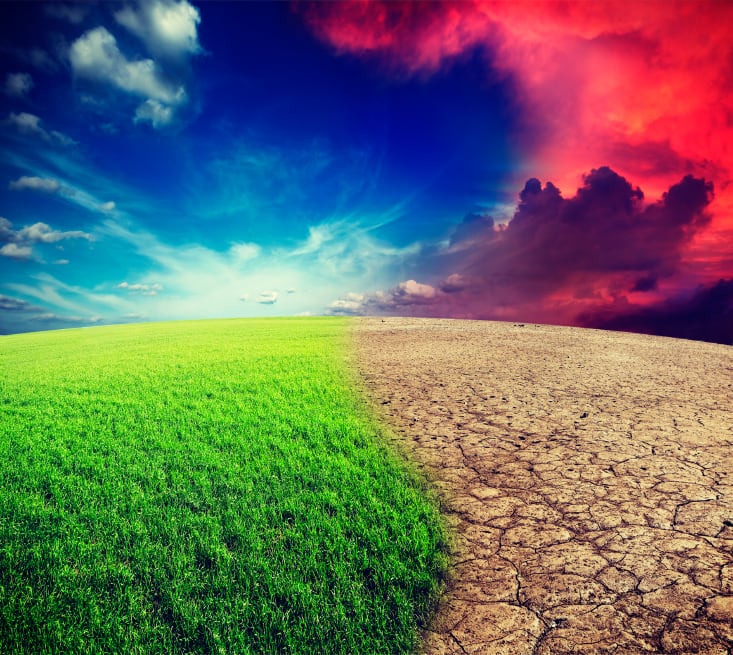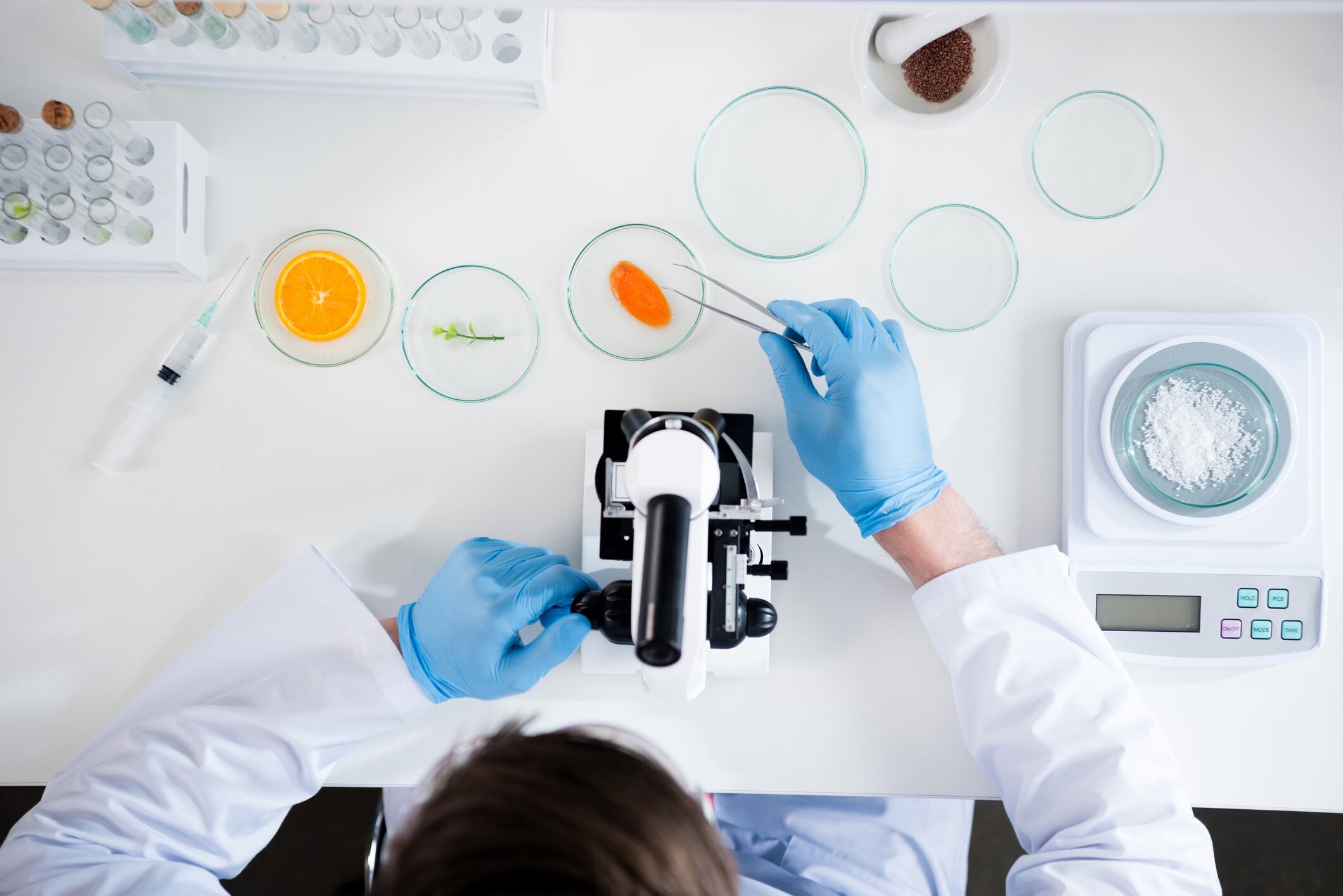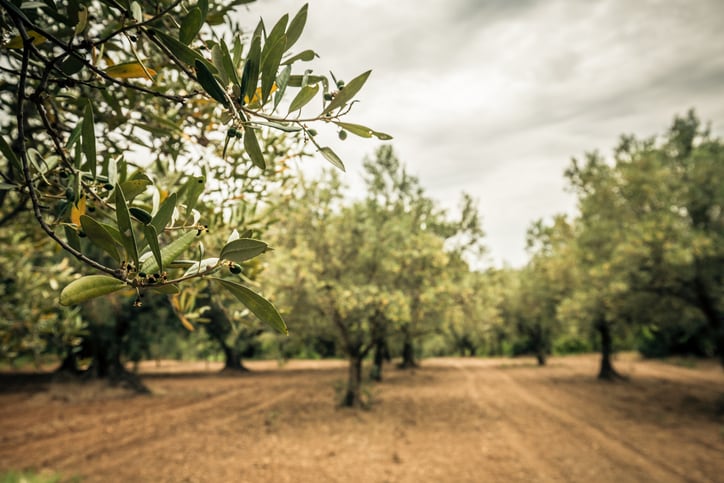The impact of climate change on food security and production are well documented. Global heating’s link to food safety is an area that has received less attention.
With this in mind, the UN's FAO set out to discover whether there is a connection between climate change and food safety. In its recently published document, Climate change: Unpacking the burden on food safety, the organisation found climate change may increase consumer exposure to some contaminants through food.
Climate impacts and heightened risk
Changes in climate can have a direct impact on various contaminants in food -- from chemical pollutants such as pesticides, mycotoxins and marine biotoxins to microbiological hazards such as pathogens and parasites -- by altering their occurrence pattern or virulence, the researchers concluded.
“The threat of climate change to global food safety is a very serious challenge,” FAO food safety expert Keya Mukherjee explained.
The issue has implications for the entire food system, with ramifications for food whether it comes from land or sea, is of plant or animal origin.
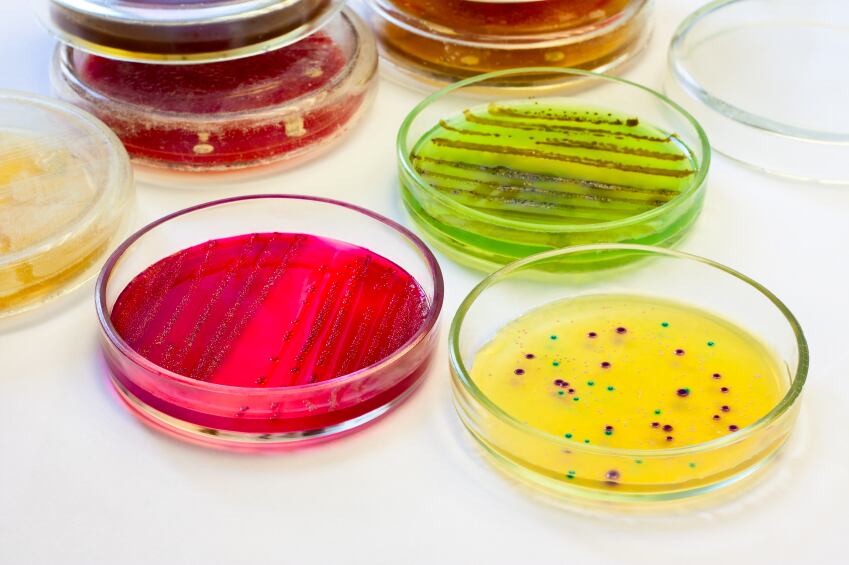
Whether one commodity in particular is at greater risk than another depends on the food safety issue under consideration, Mukherjee elaborated. “For instance, mycotoxigenic fungi can affect staple crops like cereal grains, foodborne pathogens can be found in meat, marine toxins and methylmercury can be present in seafood. It is difficult to generate a list of commodities that are most at risk, which in turn underscores the importance of keeping all our food safe from climate impacts."
Looking at microbiological contaminants, the paper’s authors observed that a single factor linked to climate change – such as increasing temperatures – can alter the chances of survival of foodborne pathogens like Salmonella and Vibrio.
There is also strong evidence that climate change increases the risks associated with various chemical contaminants, Mukerjee and fellow food safety and quality specialist Vittorio Fattori told this publication.
“Mycotoxins on land and marine toxins from harmful algal blooms are among the major chemical contaminants for which there is well-documented evidence that shows the impacts of climate change, for instance increased occurrence patterns.”
Changes in climate are also expanding the geographical area that these contaminants are able to flourish in, they continued.
“Climate change is expanding the distribution of toxigenic fungi and toxin-producing algal species to other areas than those in which they have been traditionally observed. These areas are often unprepared for the economic, public health and food safety management challenges that are associated with these contaminants.”
Chemical contaminants associated with plant life are only part of the problem, the researchers noted. “There is also some evidence for increased exposure to other chemical contaminants like heavy metals. For instance, the conversion of mercury to methylmercury and its bioaccumulation in aquatic systems seem to be dependent on climate change-driven factors like ocean warming and acidification. An increased uptake of arsenic in staple crops like rice has been documented under conditions of both rising soil and air temperatures.”
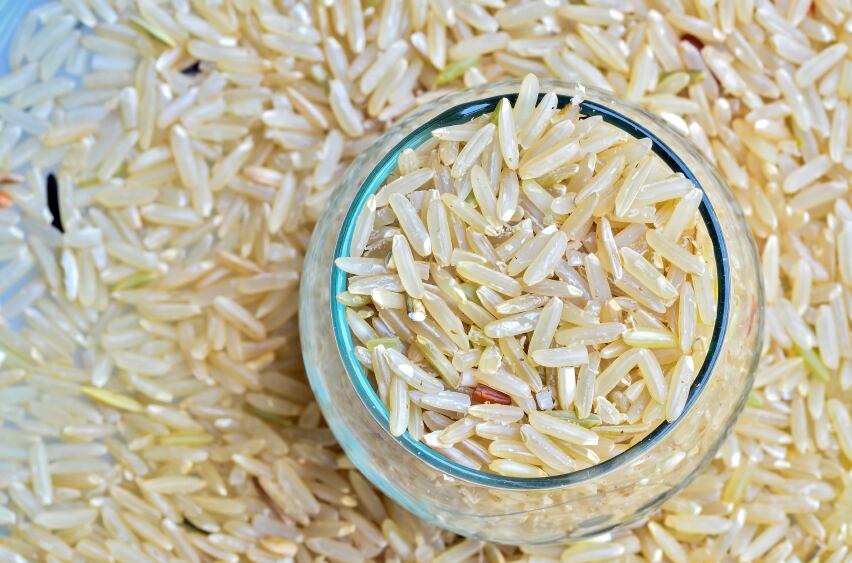
While there isn’t yet any ‘conclusive evidence’ directly linking climate change to pesticide use, there are both scientific articles and real-world examples (think locust swarms in the Horn of Africa and beyond) that show how climate change has a role in pests migrating to areas beyond their traditional geographic habitats.
“Conditions like these can prompt a higher use of pesticides. However, it must be pointed out that pesticides, when used as recommended while following good agricultural practices (GAP), do not pose food safety concerns,” Fattori and Mukerjee explained.
Climate change poses further food security risks, the FAO experts stressed. For instance, it lowers the nutritional value of staple foods by reducing their levels of macro- and micro-nutrients.
The combination of malnutrition, which reduces immunity and increases susceptibility to foodborne illnesses, together with increased exposure to foodborne contaminants caused by climate change, creates a ‘dire situation’ that needs ‘urgent international attention and action’.
Unprepared supply chains and regulatory systems
Future risks associated with foodborne pathogens and chemical contaminants could be different from what we face today.
The paper warned that supply chains and regulatory systems are not well prepared for all the ways that changing climate is making food unsafe.
Local foodborne incidents can become international emergencies, making the need for multinational as well as multidisciplinary collaboration ever more important, it argued.
“It is important that the new generation of food policies take into account the impacts of climate change to prevent and better manage food safety risks,” the FAO experts stressed.
So, what action would Fattori and Mukherjee advocate?

“With globalization, our food chains are lengthening making it important to ensure that all the pieces of a supply chain are well prepared for potential disruptions. Along with preparedness, traceability along supply chains, using digital innovations, will play an important role in keeping our food safe,” it was suggested.
Collaboration between the different actors involved in the food system needs to increase, they continued. “The impact climate change has on the safety of food is a multi-disciplinary issue which requires engagement across various sectors, including the food industry, public health and agriculture authorities, policymakers as well as the scientific community.
“Stronger collaboration among the relevant stakeholders will bring about holistic solutions to issues as well as help to focus expertise and resources in a way that prevent a duplication of efforts.”
Effective surveillance and monitoring is vital and programs should be strengthened to prevent and manage food safety risk, the experts added.
“Robust monitoring and surveillance systems will help with preventing and controlling foodborne outbreaks by allowing for the prioritization of resources needed to face impending challenges. Moreover, it would be important to integrate all this in a structured foresight system to bring a more proactive approach to food safety, rather than invoking reactive responses.”
Increased awareness of ‘vital’ importance
When it comes to our understanding of climate change’s impact on the food system, food safety is rarely part of the conversation. The FAO believes this needs to change.
Food security means having access to sufficient food supplies that are both nutritious and safe.
“Increased awareness about the linkages between climate change and food safety is of vital importance as these relationships are not always easy to see and have received so far less attention at the global level,” FoodNavigator was told.
“In this respect, one of the main objectives of our publication was to bring to light these linkages with the hope that it will assist in the formulation and advancement of global policies that facilitate solutions to producing safe food under the threat of climate change. It is also important to promote awareness and knowledge among consumers so that they can make informed and healthier choices for themselves and their families.”
Fattori and Mukerjee also underlined the relationship between food safety and food waste. Currently, around one-third of the food we produce is wasted – if food waste was a country it would be the world’s third largest carbon emitter behind only the USA and China.
To feed the growing global population – forecast to reach 9.7bn by 2050 – within planetary boundaries, food waste must be reduced. Food safety and exposure to contaminants plays a role here too, the authors suggested.
“Part of this enormous loss is due to food contamination issues. With the global population on the rise, discussions about global food security must also include food safety aspects. After all, food does not nourish if it is not safe.”

